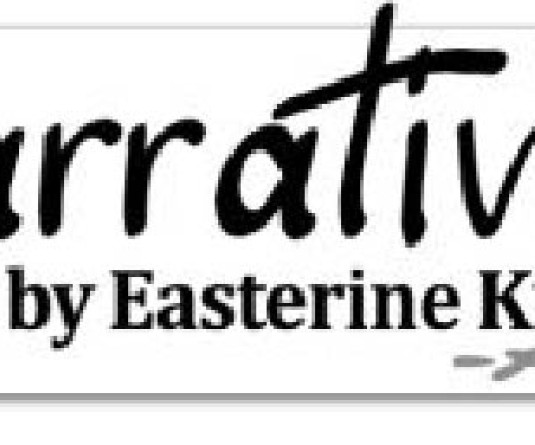
In the weeks after Good Friday and the resurrection my mind turns to thoughts of mortality and death. How thinkers tell us we carry death; how we are dying every day. And we do and we become supposedly less daily. But do we? People repeat phrases that they heard from their parents, about ageing, decay and death. It goes into the culture and is regurgitated as an aphorism, a general truth ‘a pithy observation that contains a general truth.’ But what about its opposite?
The gospels record that at the resurrection, many dead people were also raised to life. But no more is heard of them. I have a deep human curiousity to hear more. What did their families think? How did they react? How did their reunion go? Were their relatives astounded (as well they should be) and so many questions pop up but remain unanswered. Because there is no more mention of those others raised from the dead. ‘And the graves were opened and many bodies of the saints who had fallen asleep were raised. And coming out of the graves after His resurrection, they went into the holy city and appeared to many.’ I think as children we assumed that the dead who were raised at the resurrection went back to their graves after the fact of the resurrection was established. And we moved on and didn’t bother to ask more questions. Adam lived to be 930 years. A teacher explained that was how much life he had in him because he was created to live forever therefore dying took a very long time with all the patriarchs. It is a theory that challenges the stereotypical attitude we have towards human mortality. We think we own the secret of life by spouting words like, from the moment we are born we begin to die. It is a very oversmart thing that people over sixty perform. Yes, we often catch ourselves doing that. But the truth is smarter than the fact. The human body is not made to be pampered. Eating only choice foods ends in disease of some kind or other. Lazing away the days makes your muscles atrophy. Longevity is nice only when it can be accompanied by a body that works. The worst counsel we can give our elders is telling them not to work, to rest, to take it easy. People who give this counsel claim it is done in love. Probably deadly love. One of my oral narrators was stopped by his children from going to the field. Such a life was a kind of death for him. He chafed against staying indoors for days on end. Many days, he took to running away to the forbidden fields and spending hours cutting grass, fixing the shed, burning debris and breathing in the air of the fields and outdoors. All that before he was found again and bundled off home. His children could not understand why he preferred a life of labour in contrast to the leisure they offered him at home. In the end, he lived well past ninety, thanks to his active mind and body. The grass he cut and brought home was really not worth much in terms of animal feed. But it gave him meaning and health.
The moral of the story is: by regular exercise we can ensure that the body can live on and that its components work smoothly together. It might look like we are ensuring that we live a good life when we are living. Nothing wrong with that. Can we also control dying? The heroine of Lhutu Keyho’s story, decided when she would give up the ghost. Even as relatives and members of the village gathered in her house and waited for the moment when her slow breathing would cease, she defies time and nature by taking yet one more breath, and one more and one more. It goes on. She lives out a suspenseful life for days. The living is strategic. Her not-dying disrupts an important appointment. She refuses to die when she is expected to die. Through the long night and day, the people wait in vain. Finally, when she does die, it is because she has decided to die. One could possibly conclude that she controlled her dying. It is possible in fiction.






